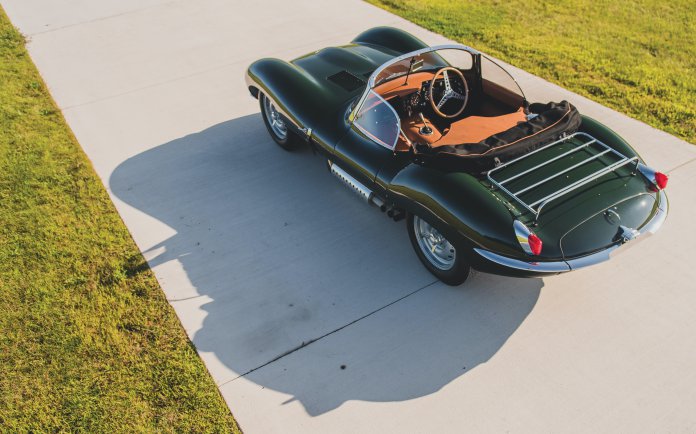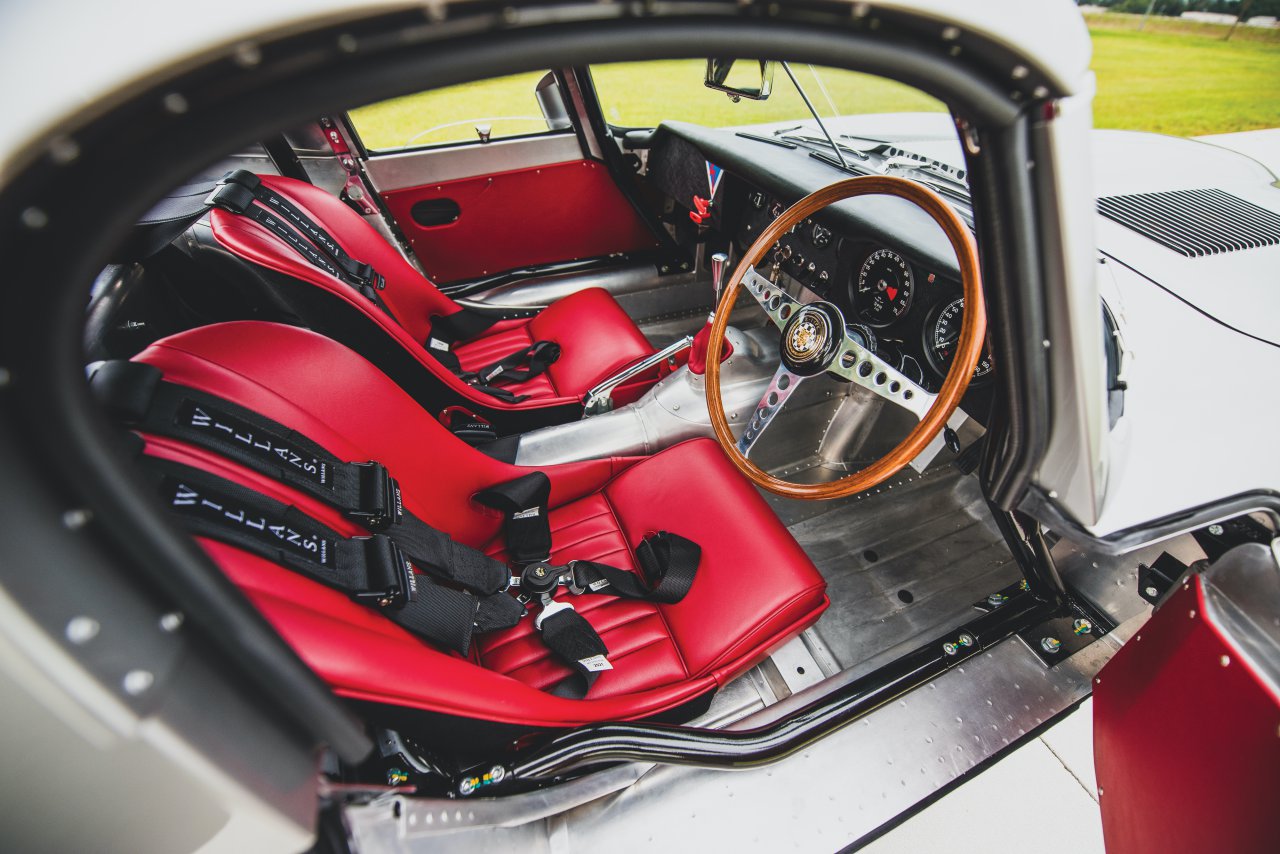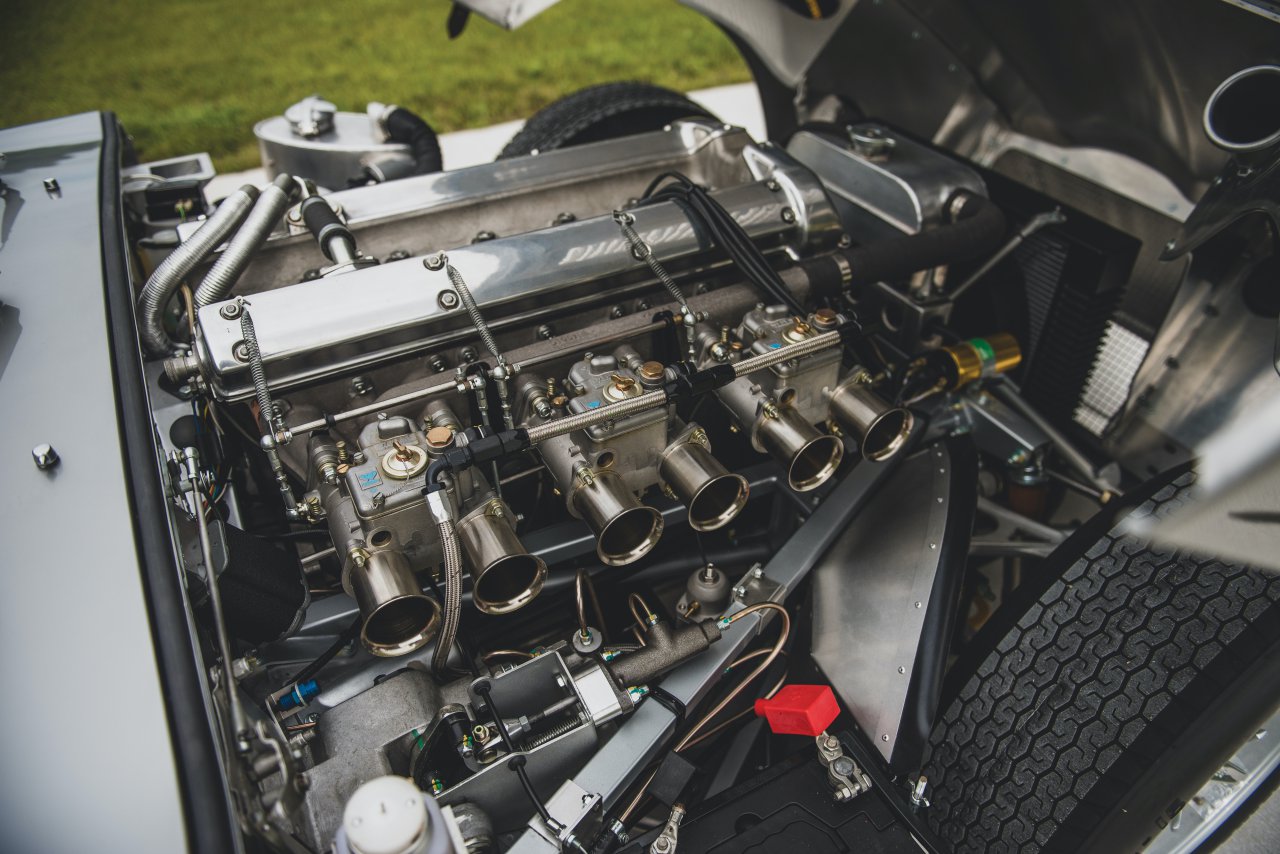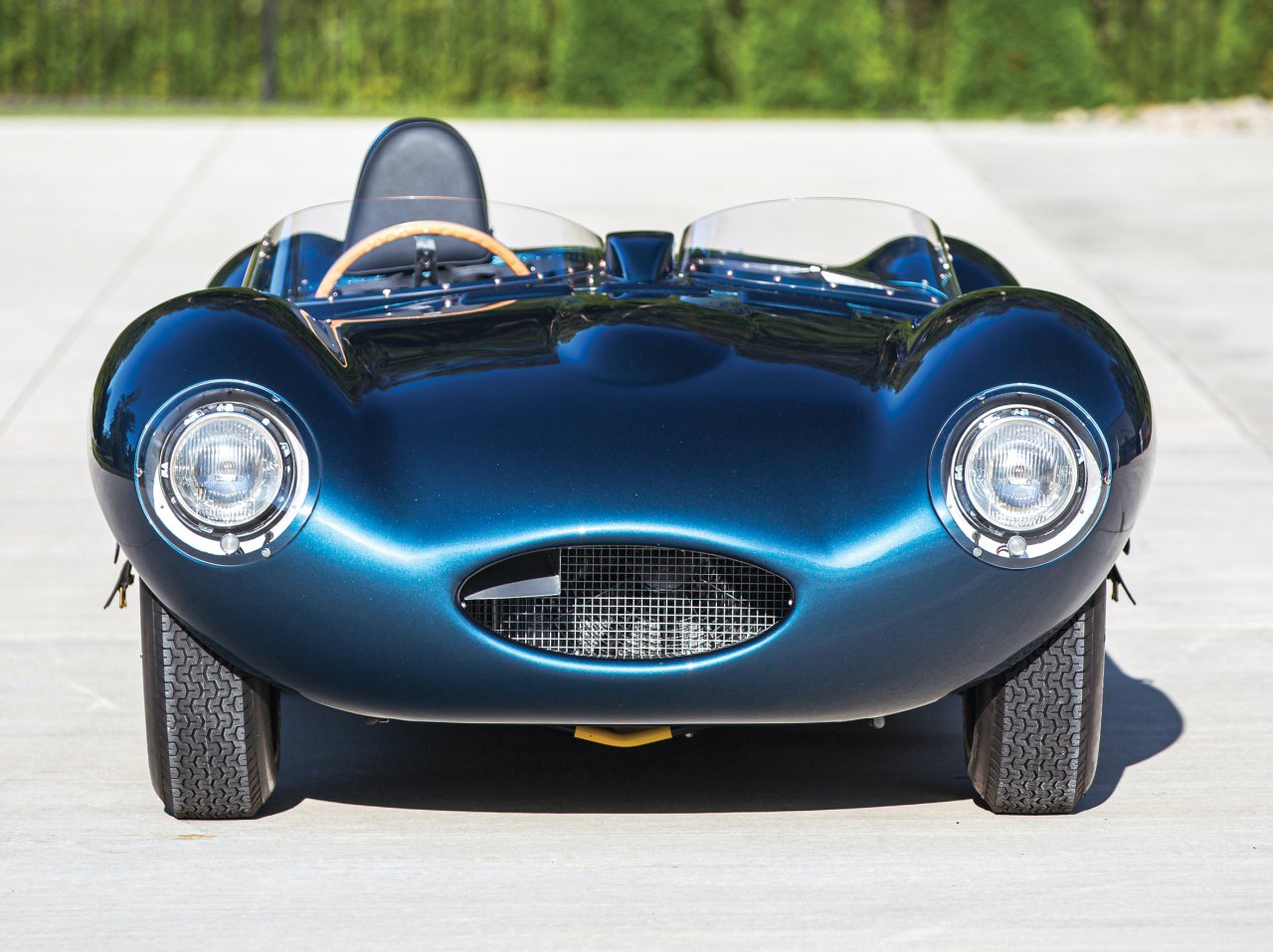This past weekend, RM Sotheby’s held a single-consignor auction in Elkhart, Indiana, and sales numbers at this live and online sale were strong, with many of the cars selling for record figures. The auction was no reserve and generated $44,385,420 in commerce.
Among the many spectacular cars at the auction were three standouts from Jaguar — an XKSS, D-Type, and an E-Type Lightweight. All the more interesting was that they were all Jaguar continuation cars, and with the exception of the E-Type Lightweight, they were the first to come to the auction market since they were built.
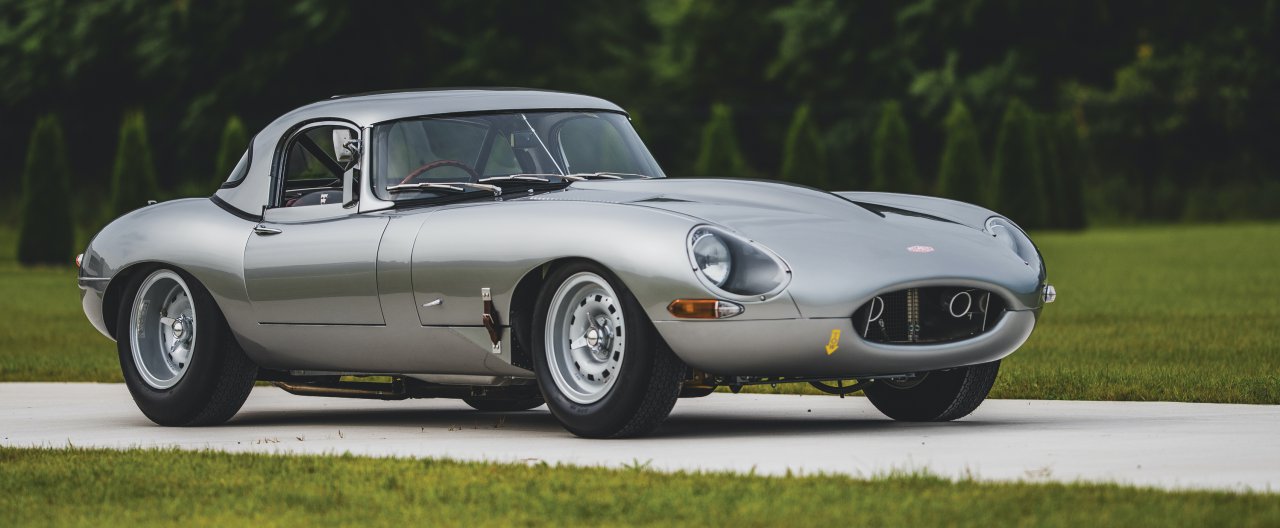
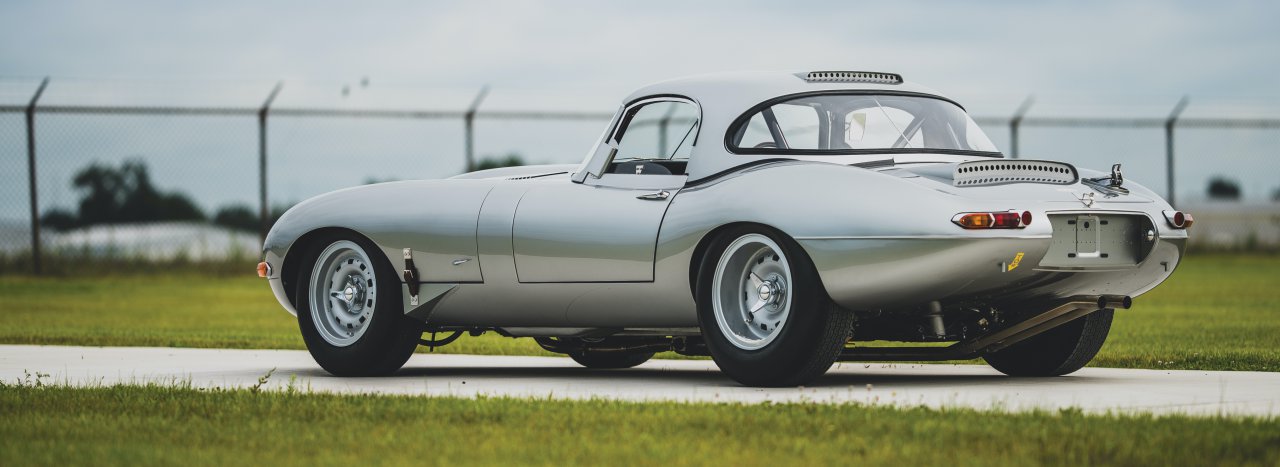
Just for some history, and likely due to the extremely high prices for original examples of these cars in the collector car market, Jaguar decided to start building a few new ones to their original specifications.
The first was the E-Type Lightweight. These continuation cars were announced in 2015 and were built to complete the original planned set of 18 cars (only 12 were built in period). The continuations sold new for an estimated $1.6 million; all six sold almost immediately.
Jaguar followed up in March 2016 by announcing that it would complete the intended original production run of 25 XKSS cars by building the nine XKSS that were never finished due to the Browns Lane fire. Just like the E-Type Lightweight continuation cars, each of the cars was made in the Jaguar Land Rover Classic facility at Brown Lanet. And like the E-Type Lightweights, all nine cars sold immediately after the announcement, each for an estimated $1.5 million.
In 2018, Jaguar announced it would build 25 D-Type continuation cars. This number was again due to the company having planned originally to build 100 cars, but due to the fire built only 75 of them in period. The continuation cars could be ordered in long- or short-nose form. Again, all cars were sold immediately at the estimated price of, you guessed it, an estimated $1.5 million. The car offered in Indiana was a short-nose example.
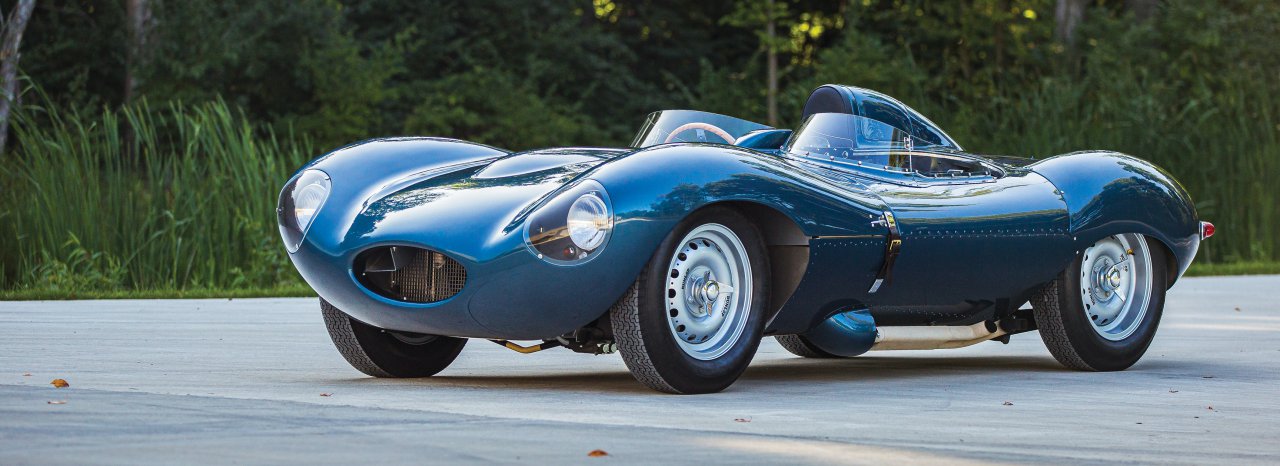
Since these cars were built, there has been much speculation about what they would be worth on the secondary collector car market. If you used Shelby Continuation Cobra cars as an example, it seemed likely that values would drop considerably.
I have to say that these Jaguars are a different breed from other continuation cars, having been built in the same location as the originals rather than somewhere else. Each was constructed utilizing the same materials and hand craftsmanship as the originals in the 1950s and ‘60s.
Also, the number of Jaguar continuation cars was limited to the company’s original intentions, making them more exclusive and more special. Each of these Jaguar models carries the chassis number it was intended to have in the original production run. They are true continuation cars, built to complete the planned production for each model.

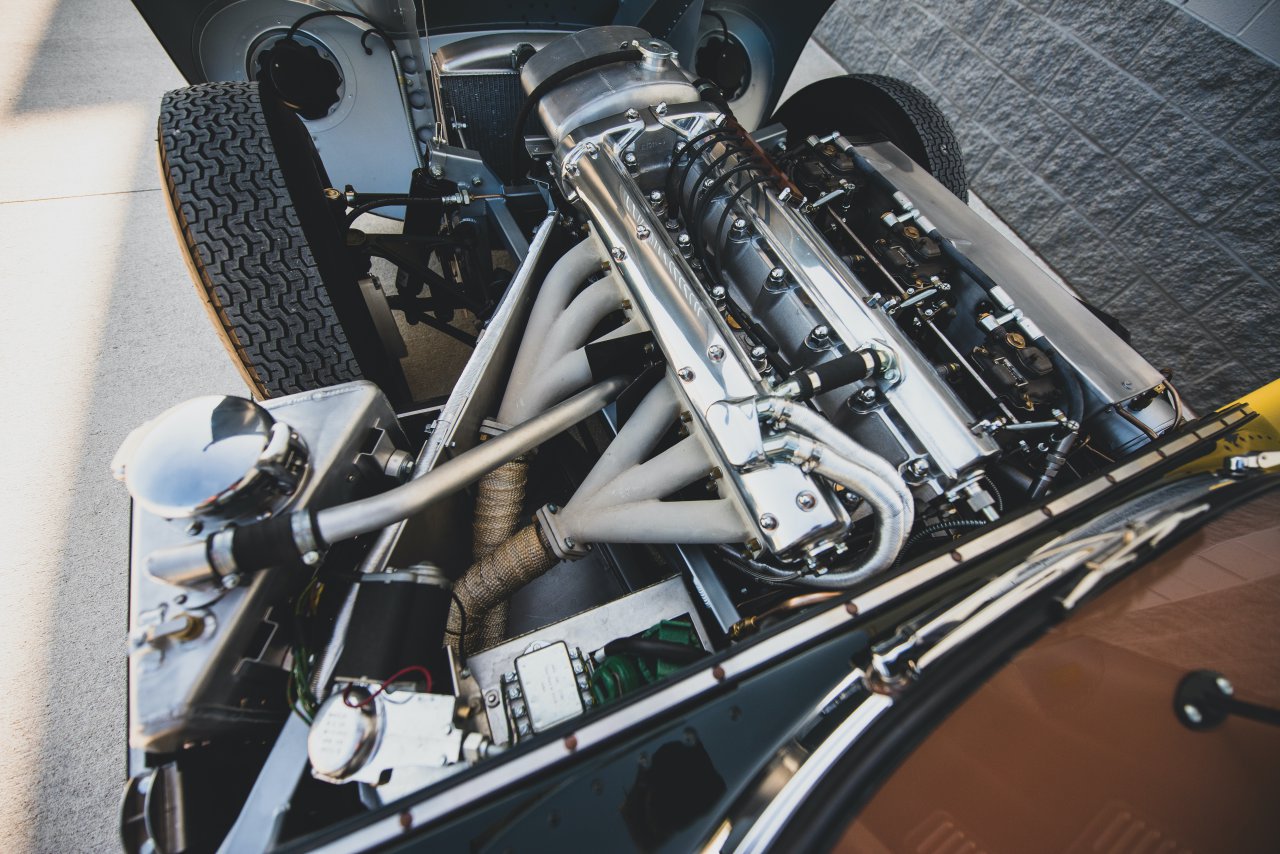
So how did they sell? Quite well. The E-type Lightweight went for $1.71 million, the XKSS for $1.985 million, and the D-Type for $1.325 million.
These prices indicate that each of these incredibly special “true” continuation cars has a strong place in the collector market. I am both envious of their new owners and, at the same time, congratulate each for tremendous taste and foresight.




